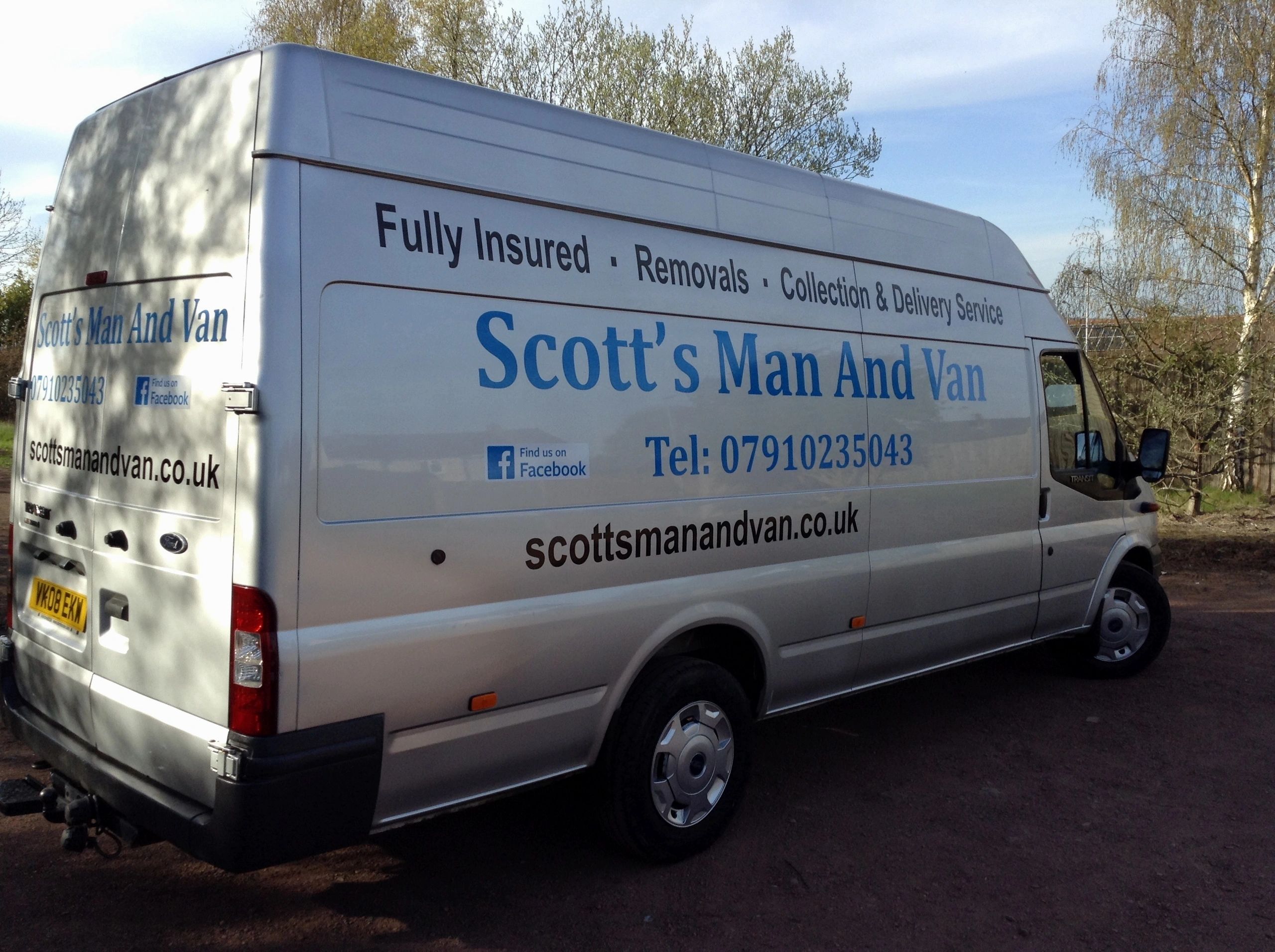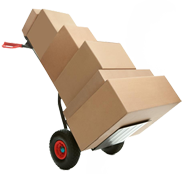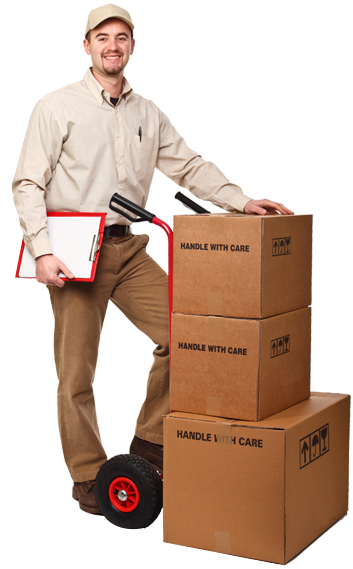Man And Van Dublin From AllRemovals Man With A Van Dublin

Man & Van Rubbish Clearance Guide
Man & van Rubbish Clearance is a cost effective, easy and eco-friendly way of getting rid of your bulky waste, but surprisingly many individuals never ever even consider it. When you utilize it, here is our ultimate 2020 guide to how it works and the crucial concerns to think about.
FIND MAN WITH A MAN

Man & Van Rubbish Clearance definition
Man & van rubbish clearance is generally defined as the loading and removal of bulky waste from a residential or commercial property by a man & van team. The service covers collection of waste from anywhere on the property, loading it into a truck, sweeping up any loose product, and delivering the waste to a certified disposal facility.
Who supplies man and van rubbish clearance?
A variety of organisations use the service. These consist of professional man & van rubbish clearance business (of which AllRemovals is undoubtedly our favourite!), one-man bands, skip hire business, standard house moving companies (who eliminate junk at the same time as doing your move), charities, and your regional council.
Every council is required to provide a subsidised collection service for large family products to its homeowners. Some offer this totally free, however a lot of charge- and in recent years those charges have actually gradually increased. The service is generally restricted to furnishings, appliances and other family ‘scrap’, rather than home builders and home improvement waste. This is because the latter is considered ‘trade waste’ and not something the council must fund. Service levels tend to be pretty fundamental so you will frequently need to wait a week approximately for an appointment and all items should be positioned outside. Nevertheless it is generally less expensive than a private service, so if you don’t mind the hassle, it’s certainly worth inspecting your local council’s site to see what they use.
Private waste companies, although likely to cost more than the council, take the full variety of bulky waste (rather than just home junk) and, unlike council crews, their groups will gather from anywhere on the home (including upstairs and the back garden). If you do opt for a one-man band constantly examine they have a waste carrier license and their insurance covers them for waste removal.
Many charities like British Heart Structure provide a complimentary collection service for good quality, genuinely resalable items (which for sofas and upholstered furnishings also implies having appropriate fire accreditation). Be sure to call them if you have anything good. For the things that you know is real rubbish, please do not lose their or your time.
Waste types- what large waste types can be gotten rid of?
Bulky waste indicates in the context of man & van rubbish clearance any non-hazardous waste that can comfortably be lifted by 2 individuals. This includes contractors waste, fly-tipped waste, bulky home appliances (including domestic refrigerators), furniture, bric-a-brac, carpet, plasterboard, garden waste and family scrap. For waste safety, licensing & health and insurance factors, the majority of firms will not remove the following dangerous products:
- Asbestos (read our guide on safe disposal of asbestos).
- Batteries.
- Medical or medical waste, including syringes.
- Fluorescent tubes.
- Commercial fridges, freezers and cooling systems.
- Gas containers and gas bottles.
- Hazardous & harmful materials.
- Oil, gas, diesel.
- Paint & Cans of paint.
- Tires.
Weight constraints- do I require to stress over how heavy the waste is?
Man & van clearance companies typically do not like and aren’t best suited to tasks with lots of very heavy demolition or excavation waste like soil, cement and debris (frequently referred to as ‘inert waste’). An empty LGV truck, fuel and team weighs 2.0- 2.5 tonnes, which leaves 1.0- 1.5 tonnes capability for the waste (this figure is called the car’s ‘payload’). That payload is great if the waste is a mix of bulky products but not if it contains mainly inert waste.

Van sizes & types- what types are utilized and how huge are they?
Just like cars, vans vary significantly in size and type. The primary types of vans and trucks utilized for bulky waste are:.
- * Box Tipper- the most popular lorry for bulky waste, a box or caged tipper (pictured above) has a strong or mesh box at the back to include the waste and has a hydraulic tipper system to pour out the contents when the van goes to the pointer. The volume of the box on a waste tipper truck is usually 10 cubic yards- 14 cubic yards.
- Luton- a Luton vehicle has a large solid side box (typically constructed out of fibreglass to keep it light) at the back which crosses the cab. When individuals move houses, this type of van supplies lots of storage space and is most often used by removal business. It isn’t perfect for waste since the sides aren’t very strong (so can get damaged when heavy products are included) and the absence of tipper means the team has to handball everything when they get to the suggestion. The volume of a Luton can differ extensively.
- * Transit- transit vans are popular with shipment companies and tradespeople as they are inexpensive, compact and easy to drive. Other than slow offloading, their main problems for waste removal are low ceiling and likewise dust and grit from contractors’ waste getting stuck into the moving door mechanism. Transit van volume are 8 backyards to 14 yards.
- Flatbed lorry- flatbeds are trucks with a flat bed at the back with extremely low or no sideboards. They are developed to carry heavy products and favoured by scaffolders, home builders merchants and tool hire organizations. They are not fantastic for bulky waste (unless you are removing great deals of extremely heavy inert waste) since the low sides avoid you from stacking great deals of large items safely.
Labour- what labour is consisted of?
The labour is a crucial element of a man & van rubbish clearance. The service and rate consists of clearing the waste from anywhere on the property and packing it onto the van. If you need this extra service, be prepared to pay more for their time and effort.
Rates- how does rates work and how much should I expect pay?
Rates for rubbish clearance are based on the volume of bulky waste removed and cover the labour, disposal and transportation costs. Volume is generally referred to in cubic backyards or fractions of the truck. If you’re comparing rates and somebody is pricing quote portions of truck, remember that trucks have different sizes and for that reason less expensive may not actually suggest much better if it’s a smaller truck. The important figure to request is how big is package at the back (not for how long is the truck or whether it is a 3.5 tonne or 7.5 tonne- this is just jargon designed to bamboozle the uninformed!). You can see pictures of various sizes of sizes with prices in our Reserving funnel.
Note that a couple of special items- the most common are bed mattress, refrigerators and tvs- will sustain a supplement since they require to be disposed of differently to general waste and this costs the waste clearance business a bit more in disposal fees.
As a rough guide, a complete 14 backyard truck clearance must cost around EUR360 (EUR300 ex VAT) and 1/2 truck (ie. 7 cubic backyards) around EUR220 (EUR180 ex VAT). Collection of single furnishings item need to cost around EUR40- EUR50.
FYI, the nationwide average cost of a 6 cubic backyard avoid (prior to including permit charges and parking suspensions if put on a road) is around EUR226 (EUR188 ex VAT).
Collection time & place- do I need to exist when the rubbish is gathered?
Offered there is access to the junk and it is plainly determined what materials are to be taken and what are to stay, then there is no requirement for you to be present. Clearance companies can collect from anywhere on the residential or commercial property as long as there is access. You might leave the waste outside in an available location, for example your front garden, to enable simple access if you can’t be present.
Collection size different- what if the actual collection size is various to the size scheduled?
Then the collection team must let you understand before they begin and charge or credit you the difference, if your collection size is larger or smaller sized than you bought. AllRemovals offers clients the choice of a refund if the task ends up larger than reserved and you ‘d prefer to cancel.
Moving other items- can the crew move my stuff from one area to another for me?
It totally depends on the company regarding whether or not they’re prepared to move items for you. Generally, it’s not a great idea to utilize a rubbish business to move your stuff due to the fact that the vans can be dirty. On top of this, the teams are used to moving rubbish instead of valuable products meaning they probably won’t take as much care as a specialist removal business. If you require an A to B removal service, we advise visiting the British Association of Removers.
Messy flooring- how to prevent rubbish messing up my drive or yard?
Most companies will provide the area an extensive sweep up prior to they leave. If some of your waste is especially unpleasant (e.g. rubble, earth, damaged tiles) and you are worried about leaving it on your yard or driveway before the collection, we recommend storing it in debris bags or stacking it on a tarpaulin or ground sheet.
License- what sort of licensing exists?
To remove your waste a man & van company or sole trader need to be registered with the Environment Firm or SEPA and have a legitimate waste provider license. They must likewise be insured to do the work and we advise if you are allowing team into your home you ask for picture ID and DBS checks (which used to be referred to as CRB checks).
Paperwork- should I anticipate any documents for the man & van waste collection?
The key documentation when someone eliminates your waste is a waste transfer note. This is a file that tapes the obligation of the waste being transferred from one celebration to another. Strictly speaking if the waste is being gathered from a domestic home then any kind of written confirmation suffices however if the kind eliminating your waste is a experienced and professional organisation then they need to provide a waste transfer note as matter of course. If not, alarm bells should start to ring!
Disposal & recycling- where does the waste go?
As soon as gathered, unless handed down for reuse, the waste will be required to a licensed industrial waste transfer station where it is then recycled, sent out to waste-to-energy or landfilled. Read more about large waste’s journey.
When to use and when not to utilize a man and van for large waste?
A man & van rubbish clearance is an excellent way to eliminate a wide variety of large waste materials from your home. Anything that’s too huge for your bin- from furnishings, home appliances and bric-a-brac to flooring, DIY waste and builders waste. In a lot of instances the service is substantially less expensive than a skip and all the labour is included, so you can literally simply point and the waste will be gotten rid of from anywhere on the home.
The main weakness of a man & van option is its inability to deal with big amounts of heavy, dense waste like soil and bricks, because of automobile weight limitations and also the time it takes to pack a lot of that sort of loose, messy product. In those scenarios, we advise working with a skip rather since weight is less of a concern and it’s also perfect for containment. Keep in mind if you don’t have space at your residential or commercial property for an avoid, then think about asking for a wait & load service from your avoid provider rather.
Large waste suggests in the context of man & van rubbish clearance any non-hazardous waste that can easily be raised by two individuals. Man & van clearance firms usually don’t like and aren’t best suited to tasks with lots of really heavy demolition or excavation waste like cement, debris and soil (frequently referred to as ‘inert waste’). * Box Tipper- the most popular vehicle for large waste, a box or caged tipper (pictured above) has a solid or mesh box at the back to contain the waste and has a hydraulic tipper mechanism to put out the contents when the van goes to the idea. They are not fantastic for bulky waste (unless you are eliminating lots of really heavy inert waste) since the low sides prevent you from stacking lots of bulky items securely.
Strictly speaking if the waste is being collected from a domestic property then any type of written confirmation is adequate but if the type removing your waste is a skilled and expert organisation then they need to supply a waste transfer note as matter of course.
Our Services:
- HOUSE REMOVALS
- OFFICE REMOVALS
- FURNITURE REMOVAL
- PIANO REMOVALS
- WASTE CLEARANCE & RECYCLING
- COMMERCIAL REMOVALS
Useful Links:





20

years of
experienceAll Removals is a reliable Irish company that aims to ensure a smooth moving experience to all of its customers.Our removal firm has a full Dublin coverage and serves areas in All Ireland too. We can help with cross-country (Ireland) and international removals as well.

we make it faster
With All Removals it takes few minutes to complete an appointment, secure and fast.
Available at your location
We cover all Dublin and counties around but at the same time we offer our services to almost all Ireland.
on time delevery
98% off all our appointment are exactly in time and our customers always save their time and enjoy.

